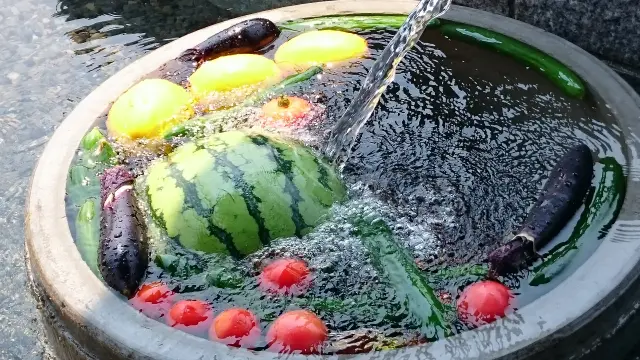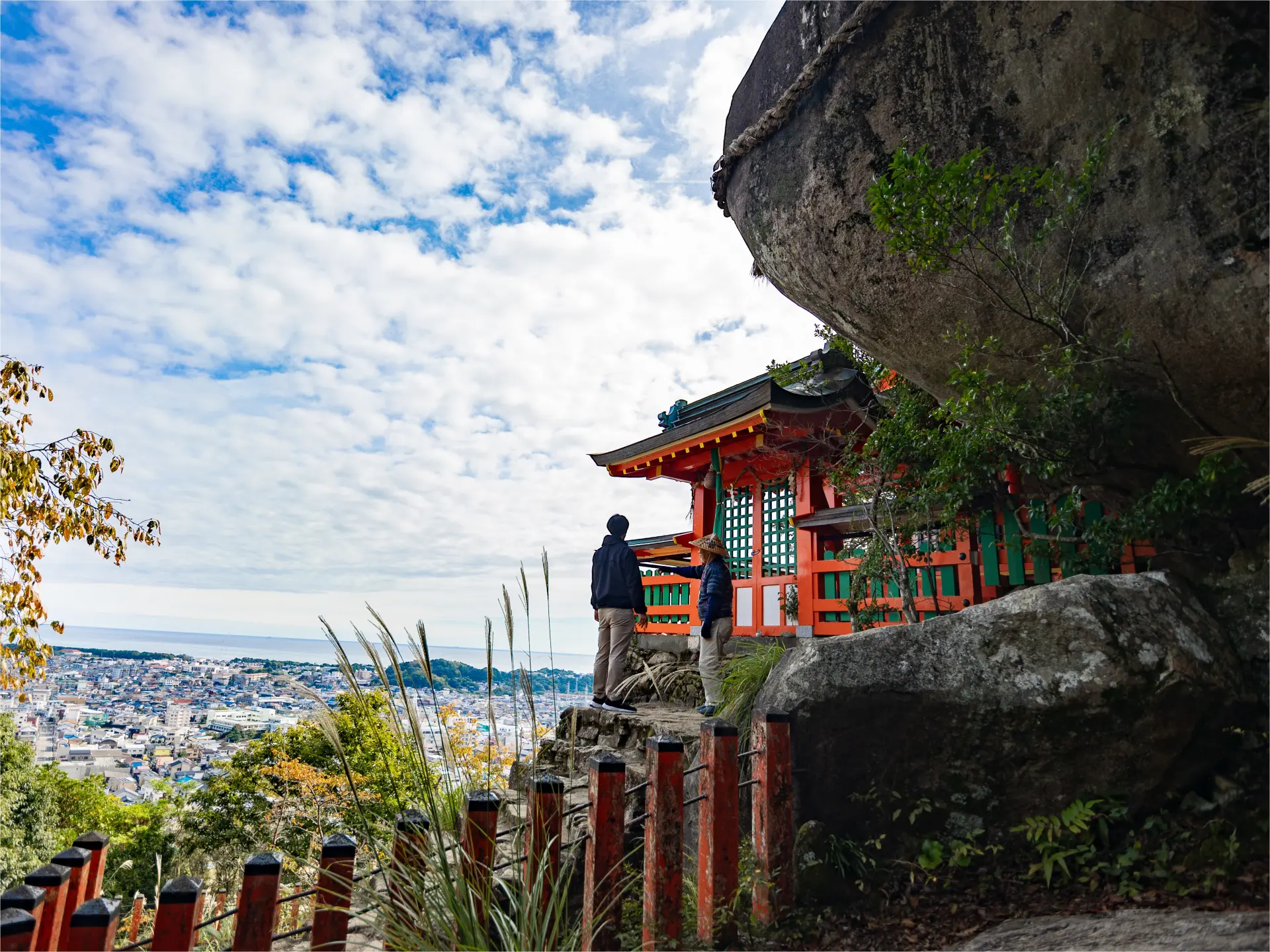
Wakayama: A World Heritage Site and Journey of Deep Mystique at the Kumano Kodo
Last update
Vast and powerful landscapes, deep forests, and a majestic sea—these elements define the Kumano region in southern Wakayama Prefecture, a land where ancient deities are said to dwell. At its heart lie the three sacred shrines of Kumano Sanzan and the spiritual pilgrimage route leading to them, the Kumano Kodo.
Since ancient times, mountains in Japan have been considered sacred places where gods and ancestral spirits reside. Kumano is no stranger among them, heralded as a deep mountain sanctuary and long-revered place of spiritual rebirth said to offer a renewed sense of self. The paths leading to Kumano have thus been called the "Path of Rebirth" for centuries.
On this journey we’ll take a guided course through sacred lands and the threaded tapestry of past and present. The journey starts with a visit to Kumano Hayatama Taisha, its associated shrines, and a walk along the Kumano Kodo for full immersion in the profound energy of nature. Now celebrating 20 years as a UNESCO World Heritage Site, Kumano is the perfect destination to recharnge the body, soul and mind.
Table of Contents
DAY1
7:40am – Kickoff at JR Osaka Station!
Your journey begins at JR Osaka Station with a quick jump onto the Hanwa Line and Kisei Main Line, heading toward Shingu Station. Enjoy the scenic rail journey as the landscapes gradually shift the farther you travel from Osaka.
The train takes off, first winding its way through vast mikan (mandarin orange) orchards before passing over a uniquely designed frog-shaped bridge, followed by breathtaking coastal views where the shimmering sea stretches into the horizon. Continue south and see as the views around give away to a tranquil wind and tone to match your upcoming relaxing trip.
As the train banks the Kii Peninsula your route will lead into the Nanki-Kumano Geopark, an area designated for its stunning natural landscapes. Here, the rugged ria coastline meets the vast Pacific Ocean, offering ever-changing, dramatic seascapes.
One of the most spectacular highlights along the route is in Kushimoto, the southernmost town on Japan’s main island. This is where you’ll find Hashigui-iwa, a striking natural rock formation made up of more than 40 towering stone pillars that rise from the sea like stakes. Sculpted by the powerful Kuroshio Current, these rock formations are a testament to the incredible artistry of nature—leaving visitors in awe of its sheer beauty and mystery.
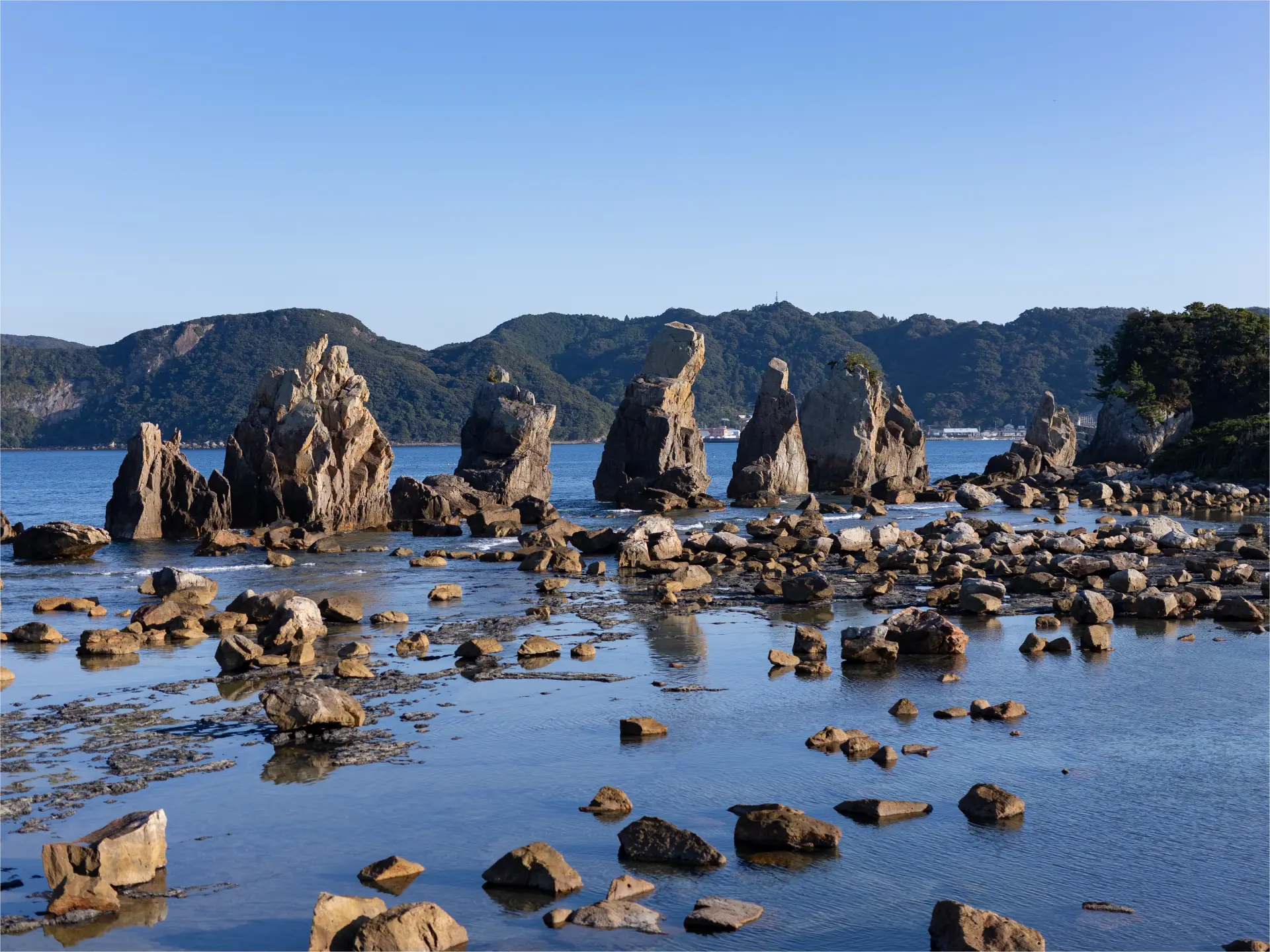
The Hashigui-iwa Rocks are steeped in legend, said to have been erected by Kobo Daishi (Kukai) himself.
12:00pm – Explore World Heritage Sites on the "Shingu Three Sacred Shrines Guided Walk"!
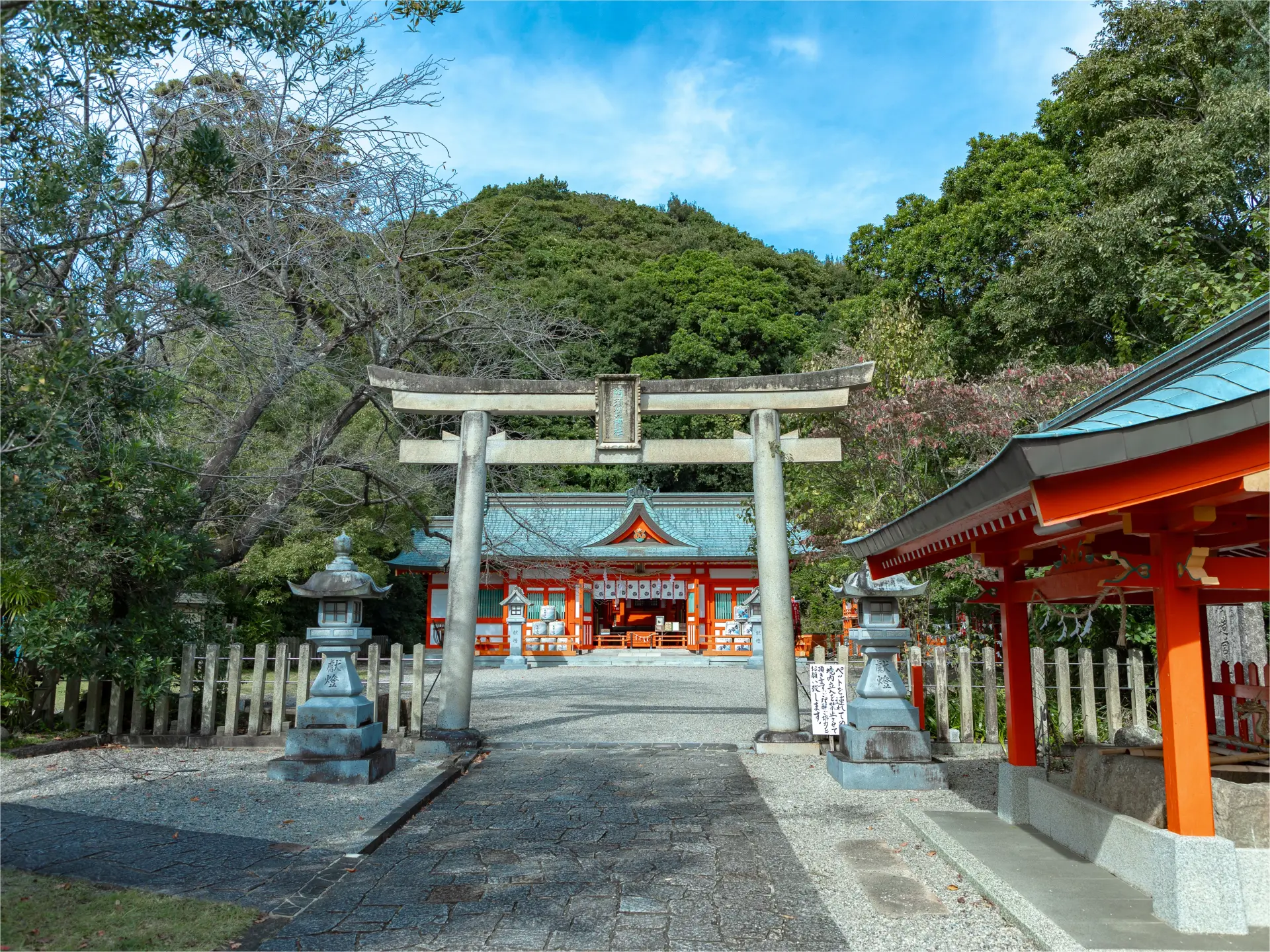
Asuka Shrine has long enshrined the deities of Kumano Sanzan. Behind the shrine stands Mount Horai, considered a sacred object of worship.
Enjoy a luxe treat for the eyes, soaking in the scenes outside the train window before arriving at JR Shingu Station. This particular guide takes you along the Shingu Three Sacred Shrines Guided Walk, a route that begins just a short jaunt away in front of the local tourism association. Here you’ll meet a savvy guide and embark on a journey through Shingu’s World Heritage Sites.
This tour primarily focuses on visiting three key sites: Kumano Hayatama Taisha, one of the three grand shrines of Kumano Sanzan; its subsidiary shrine, Kamikura Shrine; and Asuka Shrine, which marks the site of Asuka Ōji, a significant stop along the Kumano Kodo Nakahechi route. Additionally, the course can be flexibly arranged to suit individual interests.
Kumano Hayatama Taisha, a World Heritage Site and one of the three grand shrines of Kumano Sanzan.
It’s time for a scenic stroll and walk through the arcade of Nakanocho Shopping Street before reaching Kumano Hayatama Taisha. You’re know you’re hear by crossing the vermilion-painted Geba Bridge in front of the great torii gate, the entrance to the main approach as you step into the sacred grounds. Here’s a spot for crisp, solemn air that immediately sharpens the senses, as if guiding you deeper into the air of the divine.
On the shrine grounds sits a monument inscribed with the names of emperors and retired emperors who visited Kumano during the Kumano pilgrimages. The monument even records the number of their visits, with Emperor Go-Shirakawa making the pilgrimage 33 times—the highest number. Considering the difficulty of travel in ancient times, his frequent visits underscore just how revered and enchanting Kumano was as a sacred destination.
The shrine grounds are also home to Yatagarasu Shrine, which enshrines the three-legged crow deity known for guiding victory, and a monument inscribed with a poem by Haruo Sato, one of Shingu’s most famous literary figures. Another remarkable sight is the sacred Nagi tree, estimated to be around 1,000 years old. Since ancient times, travelers have carried Nagi leaves for safe journeys, tucking them into their pockets as protective charms. It is said that finding a fallen Nagi leaf brings good fortune—so if you happen to spot one among the fallen leaves, luck may soon follow.
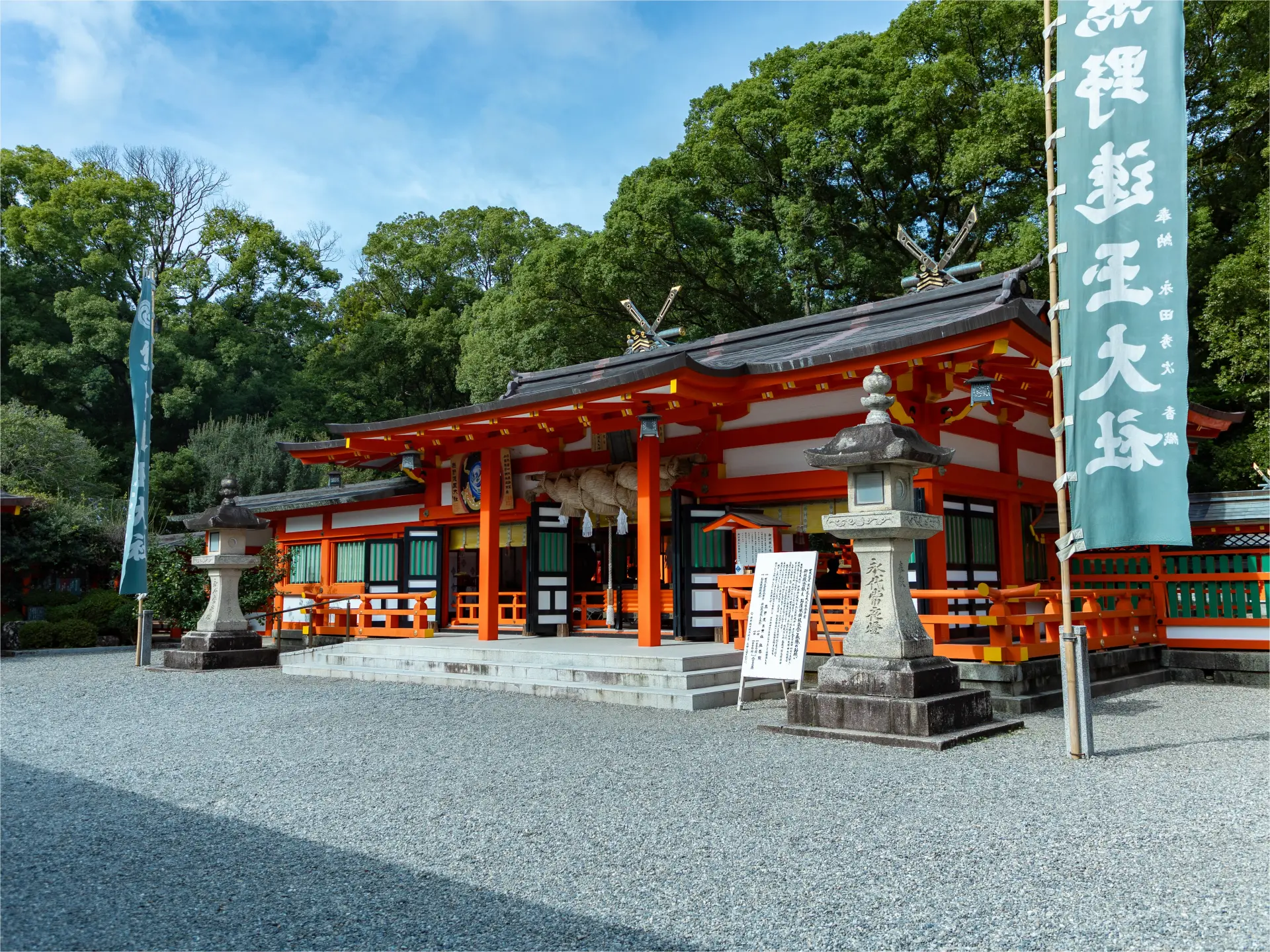
Passing through the sprawling shrine grounds and entering the sacred gate (Shinmon), you will find the haiden (worship hall), where visitors offer their prayers.
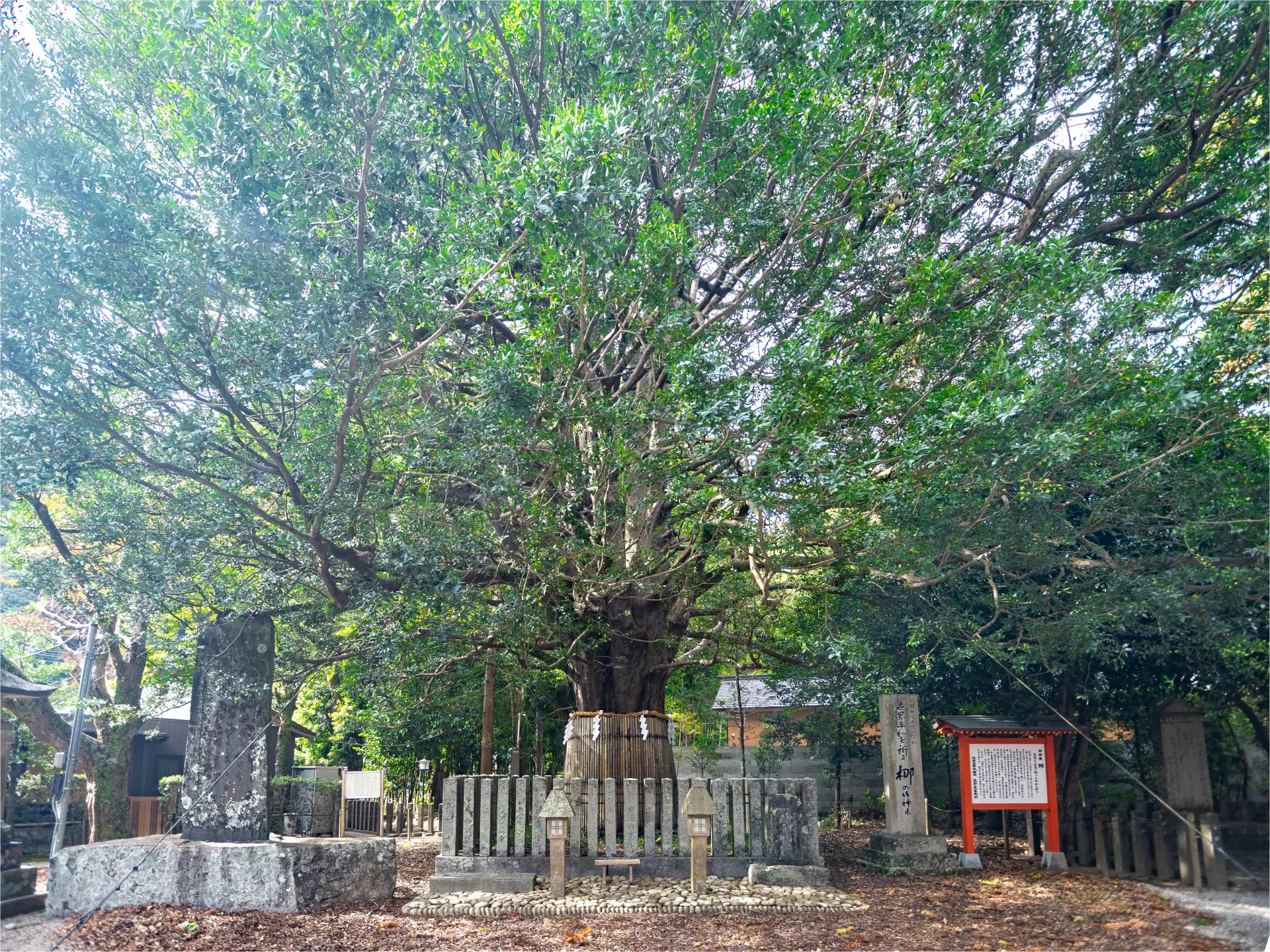
The sacred Nagi tree, believed to have been personally planted by the samurai Taira no Shigemori.
Pay a visit to Kamikura Shrine, the sacred site where Kumano faith is believed to have originated.
Next is a stop at Kamikura Shrine, home to one of its most remarkable sights—the massive Gotobiki Rock, which serves as the shrine’s sacred object. This legendary rock is believed to be the very place where the deities of Kumano first descended to Earth, before being enshrined in the Kumano Sanzan. Considered a powerful spiritual site, many from far and wide have long been revered this spot as a place of deep significance.
The walk to the shrine’s worship hall and the foothold of Gotobiki Rock is a feat in and of it self thanks to the 538 steep stone steps of carved natural rock that stand before it. The sheer incline at the start is especially daunting, but rest assured, the steepest section only lasts until the first landing. After that, the path eases up a bit, allowing most visitors to make the careful climb up in about 20 to 30 minutes.
Stand and gaze up at Gotobiki Rock and you’ll see why the astounding size and magnitude of this gargantuan boulder easily evokes the larger-than-life sense of revered wonder that made it a place of worship for centuries. As an added bonus, the elevated perch up some 89 meters in the sky means panoramic views from the top of Shingu City and the vast sea beyond—a stunning reward for those who make the climb.
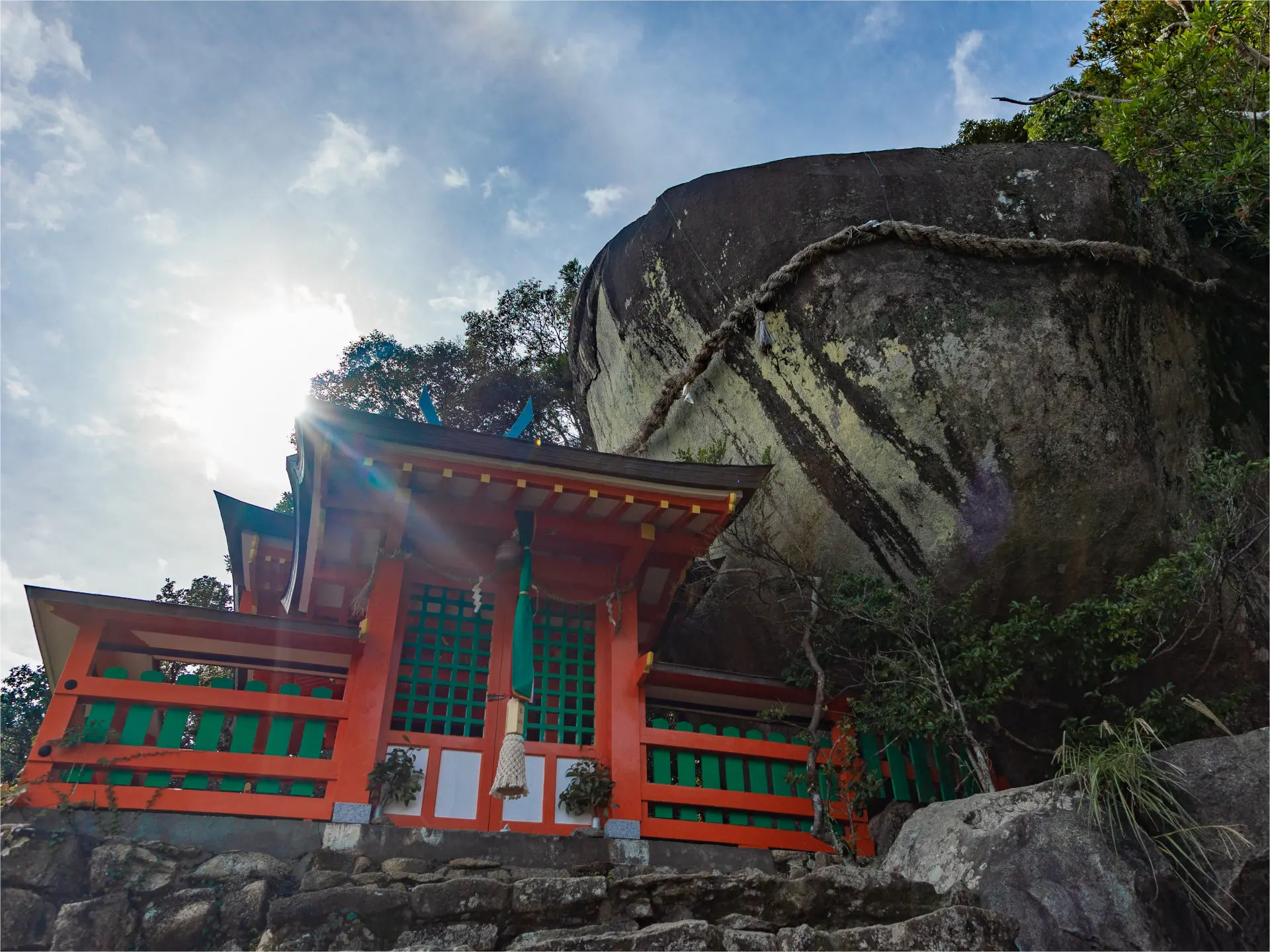
A massive rock that embodies the mysteries of nature, Gotobiki Rock derives its name from a local dialect word meaning "toad".
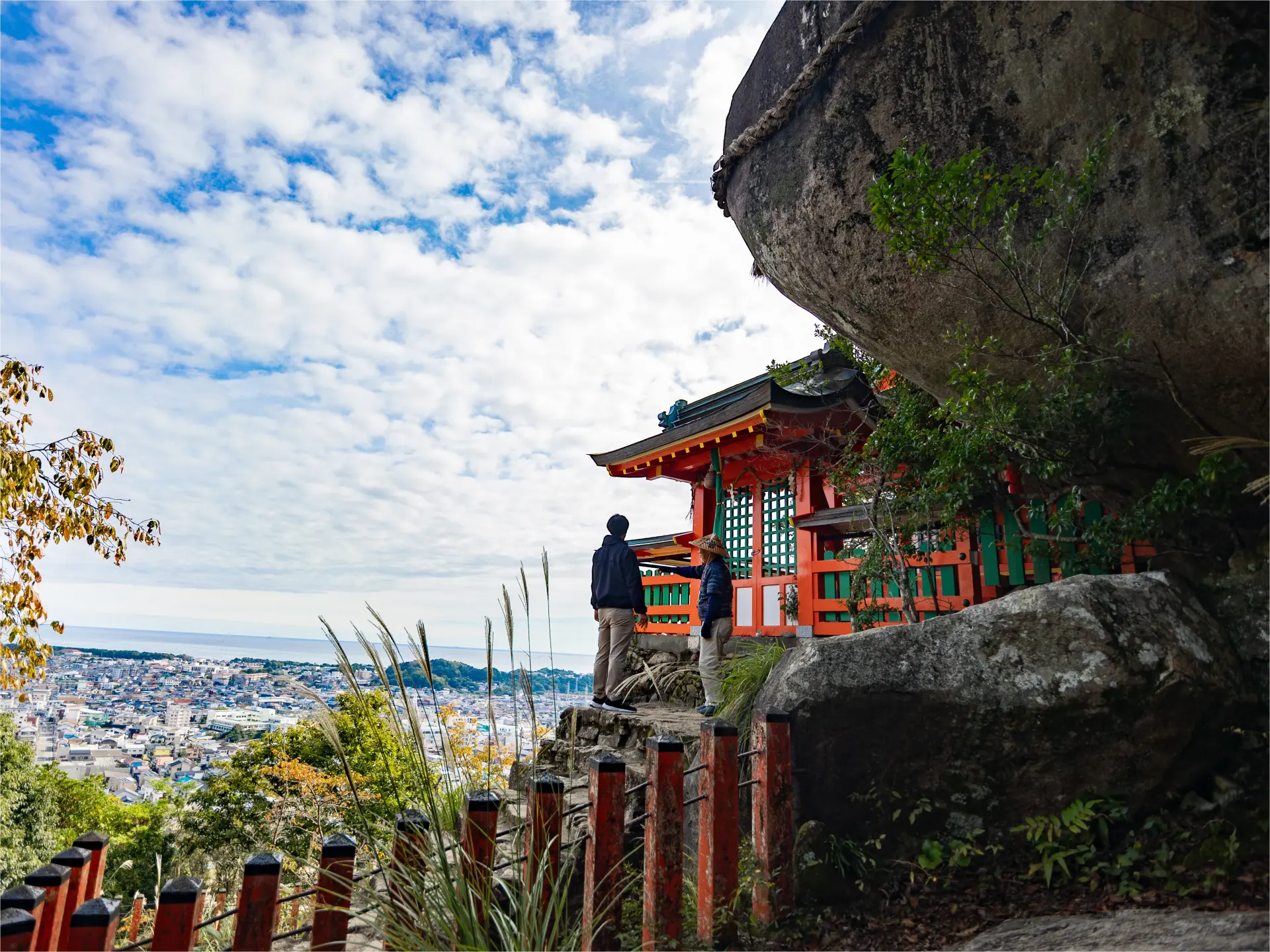
Sprawling views out over Shingu City and to the vast sea stretching beyond.
Details
- Name in Japanese
-
Guided walk around 3 Shingu World Heritage Sites
新宮世界遺産3社巡りガイドウォーク - URL
- URL
5:12pm – Recharge and Refresh at Ryokan Azumaya, Home to Japan’s Oldest Hot Spring
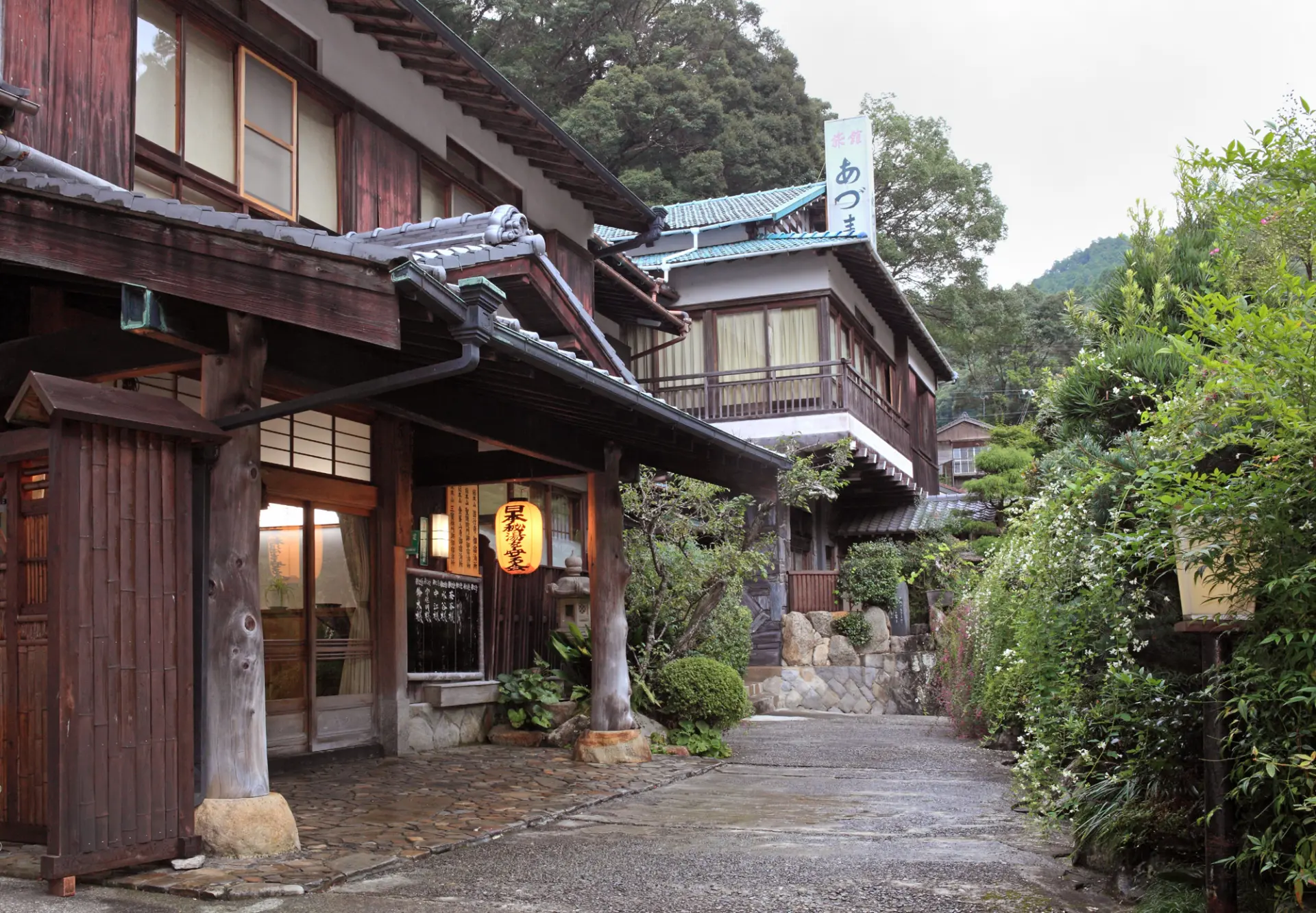
Serene ambiance and soothing hot springs to soothe the body and mind.
3:55pm marks the time to board a bus from Shingu Station heading straight for Hongu Town. The Kumano Hongu Onsen Village is home to three renowned hot springs, each with its own unique character. Among them, Yunomine Onsen stands out for its nostalgic atmosphere and historic legacy of nearly 1,800 years, making it Japan’s oldest hot spring.
A babbling creek runs between the townscape of old-world inns, tossing picture-perfect plumes of steam from its surface as it goes. Along the river you’ll find the common sight of locals and visitors using yudutsu (hot water tubs) to boil eggs and vegetables—an everyday scene in this idyllic village. Historically, this onsen served as a purification site for Kumano pilgrims, where travelers would cleanse themselves before visiting the sacred shrines. Experiencing these historic waters firsthand is the perfect way to feel the healing power of Kumano’s ancient traditions.
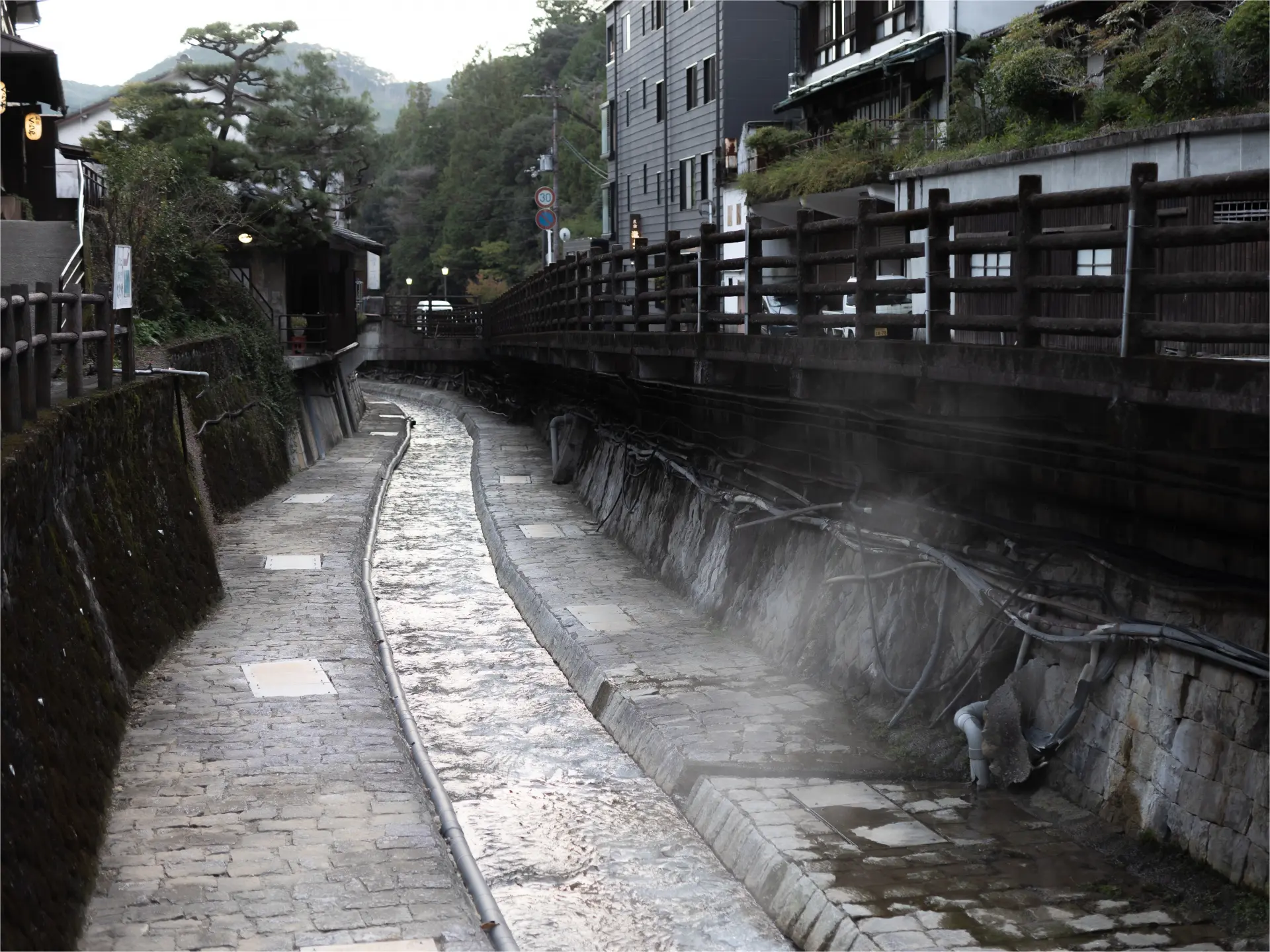
Gentle puffs of steamed air lilt and sway from the babbling river fed by natural hot springs, giving way to a nostalgic warmth as the town slips into dusk.
Ryokan Azumaya is your stay for the night, a historic onsen inn established in the mid-Edo period. Brimming with traditional Japanese air, the inn remains a long-cherished favorite by many including literary figures and artists like the renowned writer Takahama Kyoshi.
Naturally, the highlight of the inn is its onsen. The fresh, naturally sourced hot spring water flows directly from a private spring, giving the bathwater an incredibly smooth and silky texture. The presence of yunohana (mineral deposits) floating in the water is a sign of high-quality onsen, giving off plumes of sulfuric steam that soothe the body and mind.
The ryokan also offers a pure spring bath with no added water, as well as a rare steam bath, one of only a few in Japan that utilizes high-temperature natural steam. Indulge in the treat of natural mists from the spring, a unique chance to warm and steam your body in a moment of slow time.
Nearby, tucked within a river valley, lies Tsuboyu, the only World Heritage Site where you can bathe. Leave time in your trip for an evening or early morning soak in this historic outdoor bath, a truly special moment unique to this sacred onsen village.
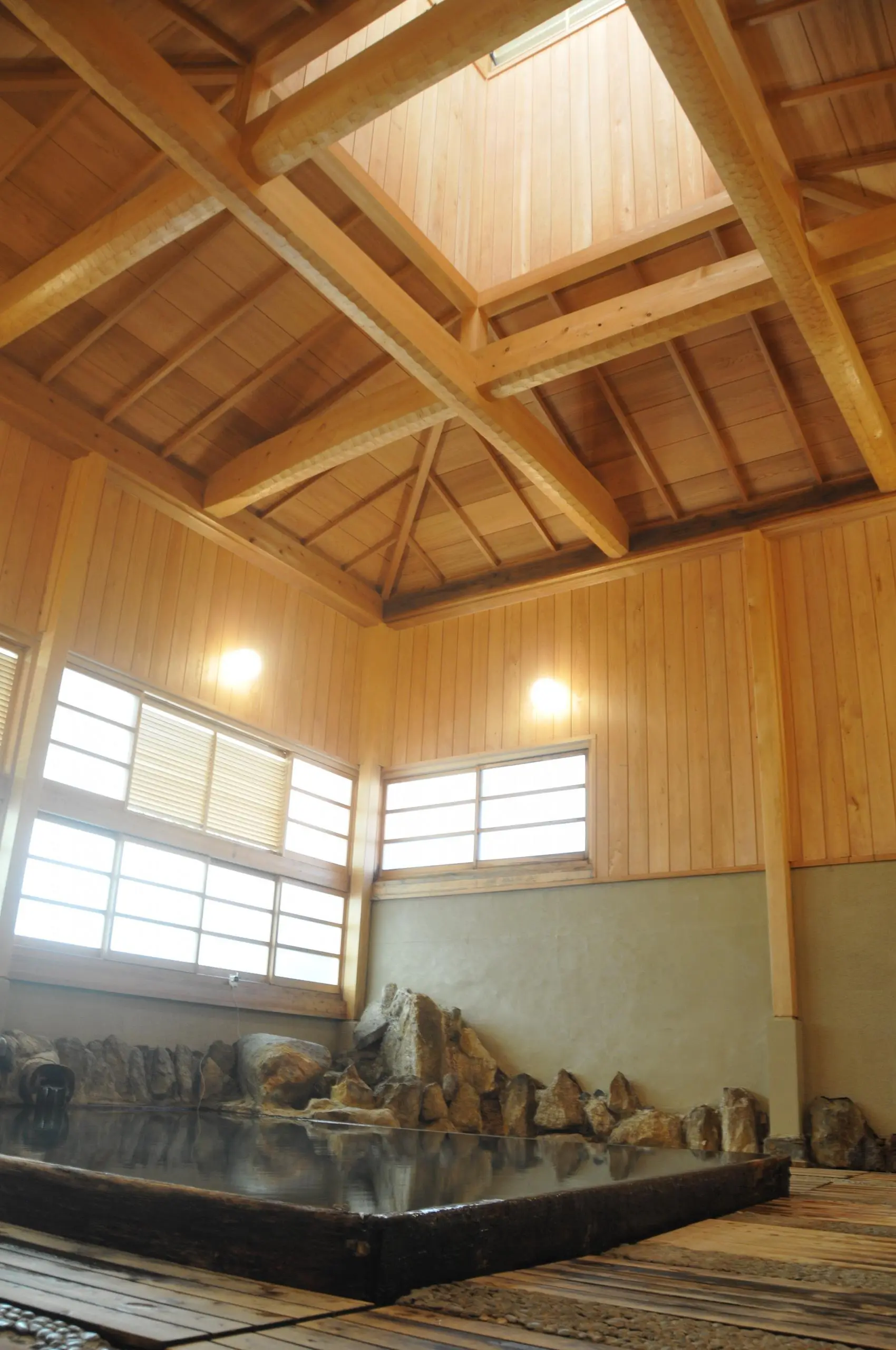
Maki wood bath and the open-air bath set within a picturesque Japanese garden, each with its own look and feel.
Just as vegetables are boiled in the yudutsu (hot water tubs), the tradition of using hot spring water for cooking has long been a part of daily life in Yunomine Onsen. One of the signature dishes that takes advantage of this practice is Mikumano Beef Shabu-Shabu.
Mikumano Beef is carefully raised with meticulous attention to its diet, water, and environment, resulting in exceptionally flavorful meat. Thickly sliced to enhance its richness, the beef is dipped into a hot spring-infused broth, which tenderizes the meat despite its thickness. When enjoyed with house-made ponzu sauce, the umami of the beef tantalizes the palate with a delightfully luxe taste that lingers on the tongue.
Beyond shabu-shabu, the onsen water is also used in dishes such as yudofu (hot spring tofu), chawanmushi (savory egg custard), and various dashi-based dishes. Even at breakfast, guests can savor a bowl of special onsen porridge, making for a truly unique bite you won’t find elsewhere.
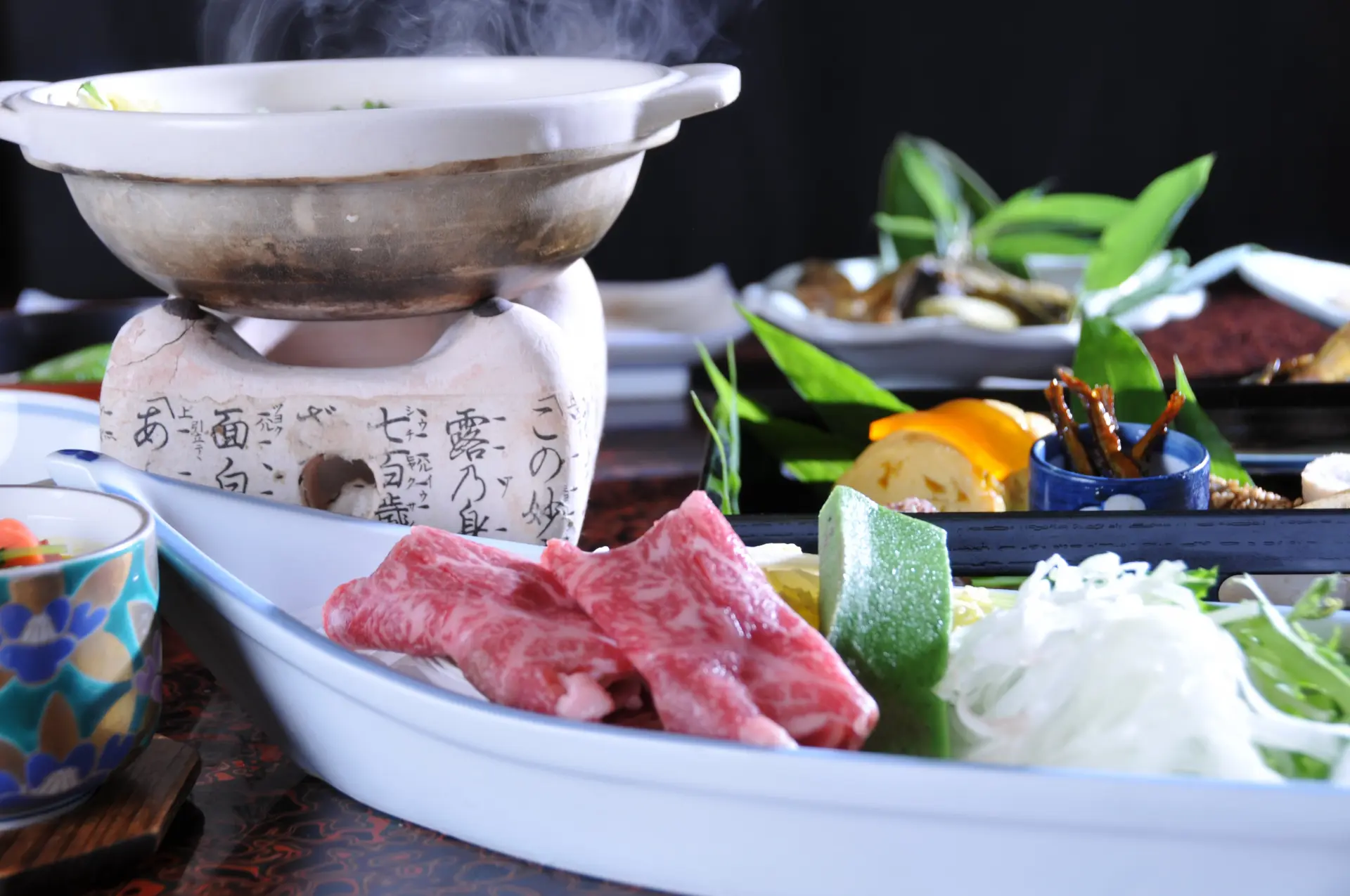
A feast of onsen shabu-shabu made with the rare Mikumano Beef, a delicacy available exclusively in the Kinan region!
Details
- Name in Japanese
- 旅館あづまや
- Postal Code
- 647-1732
- Address
- 122 Yunomine, Honguchohongu, Tanabe City, Wakayama
- Telephone
- 0735-42-0012
- Access
-
90 minutes by car from Nanki-Tanabe IC
About 100 minutes by bus from JR Kii-Tanabe Station
About 70 minutes by bus from JR Shingu Station - Hours
- Check-in 1:00pm / Check-out by 10:00am
- Accommodation Fee
- From 18,300yen per night (including two meals)
- Closed
- Twice a month (irregular holidays)
- URL
- URL
DAY2
10:00am – Experience World and Japan Heritage on a Guided Walk Along the Kumano Kodo Kōyasaka Trail!
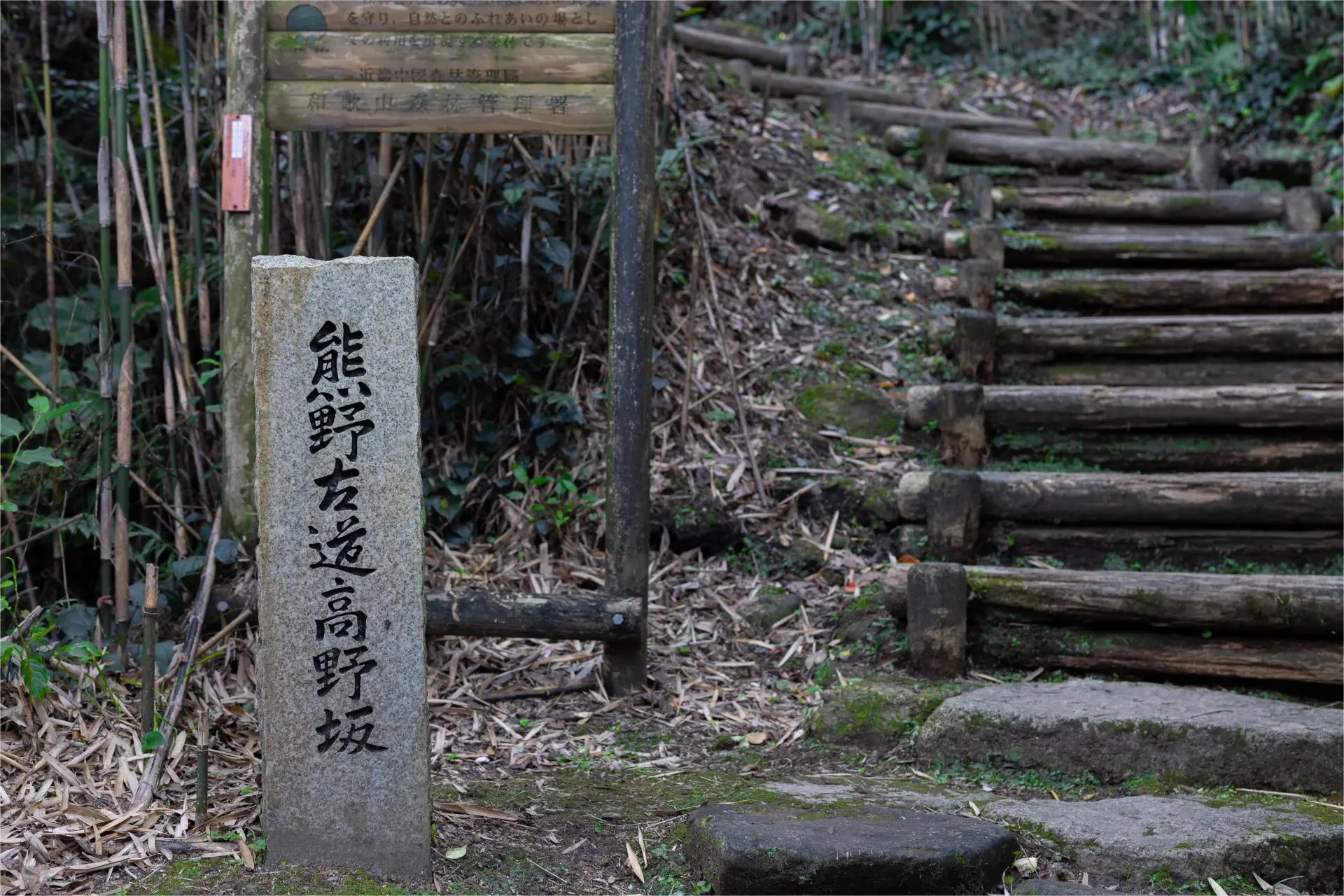
A beginner-friendly Kumano Kodo trail that can be comfortably walked in sneakers, making it an easy and accessible way to experience the ancient pilgrimage route.
The next morning kicks off with a 8:31am bus back to Shingu Station, ready to embark on your very own Kumano Kodo pilgrimage!
The Kōyasaka Trail is the featured stretch on this course that sits along a part of the Nakahechi Route of the Kumano Kodo, once traveled by pilgrims journeying from Kumano Hayatama Taisha to Kumano Nachi Taisha. While the Kumano Kodo is often associated with deep mountain paths, this particular section is unique as the only part of the Nakahechi Route that offers views of the sea.
One moment, the vast Kumano-nada Sea comes into view through the trees before dipping back into a moss-covered stone-paved trail, evoking the ancient pilgrimage atmosphere. This route allows visitors to experience both the historic charm of the Kumano Kodo and the breathtaking coastal scenery, making for a walk you won’t soon forget.
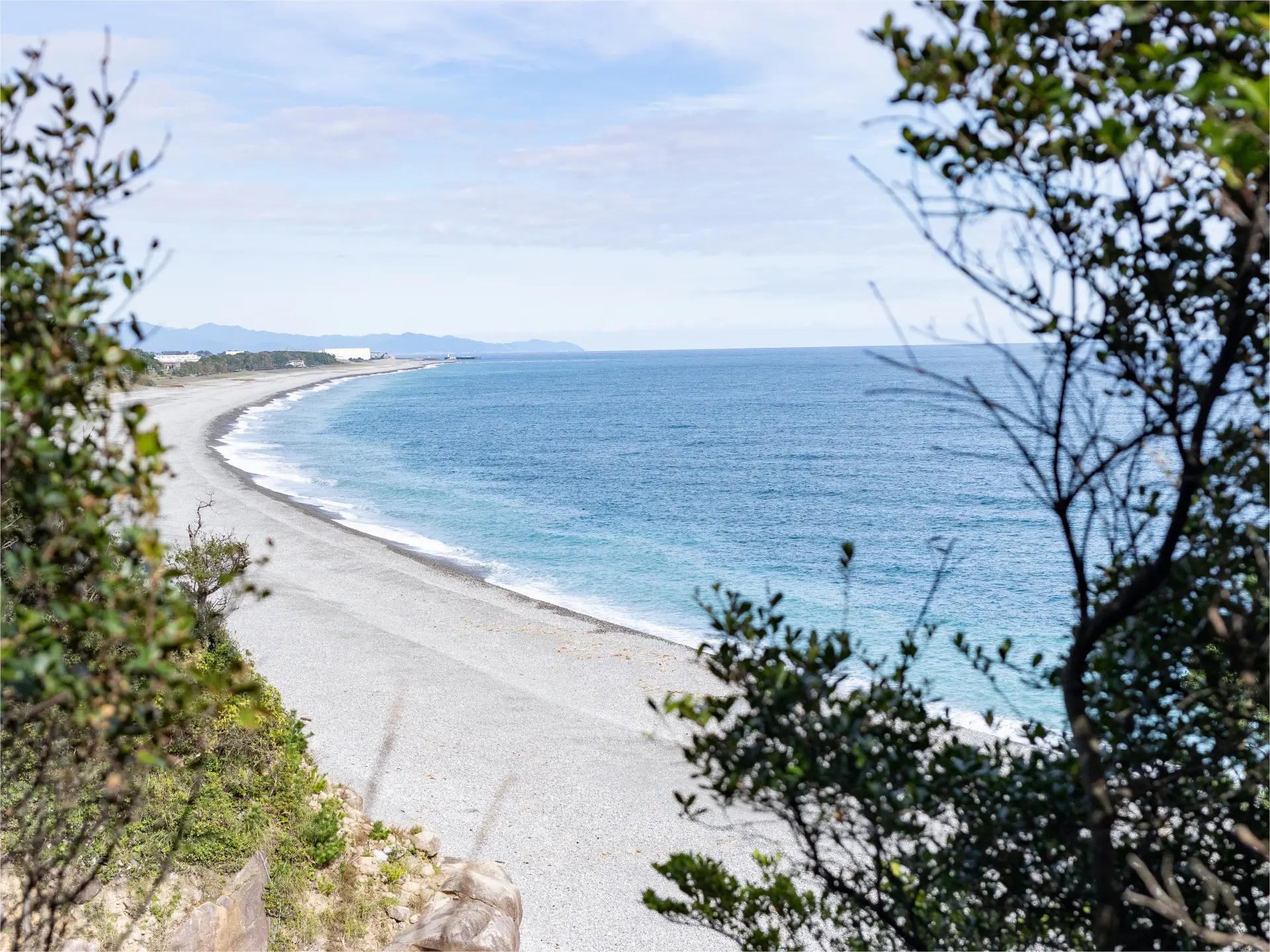
Ōjigahama Beach, once a "Shio-Koriba" purification site where pilgrims cleansed themselves with seawater before embarking on their Kumano pilgrimage.
Walk and enjoy the countless historical sights packed along the short 1.5 km trail, including Gorintō (five-ring pagodas) and stone Buddhas standing beside the ancient path. With its gentle slopes, the trail is easy to walk even in light attire, making it the perfect blend of history, nature, and accessibility. Thanks to the guided stories along this course you’ll make your way through this memorable walk before even realizing its over!
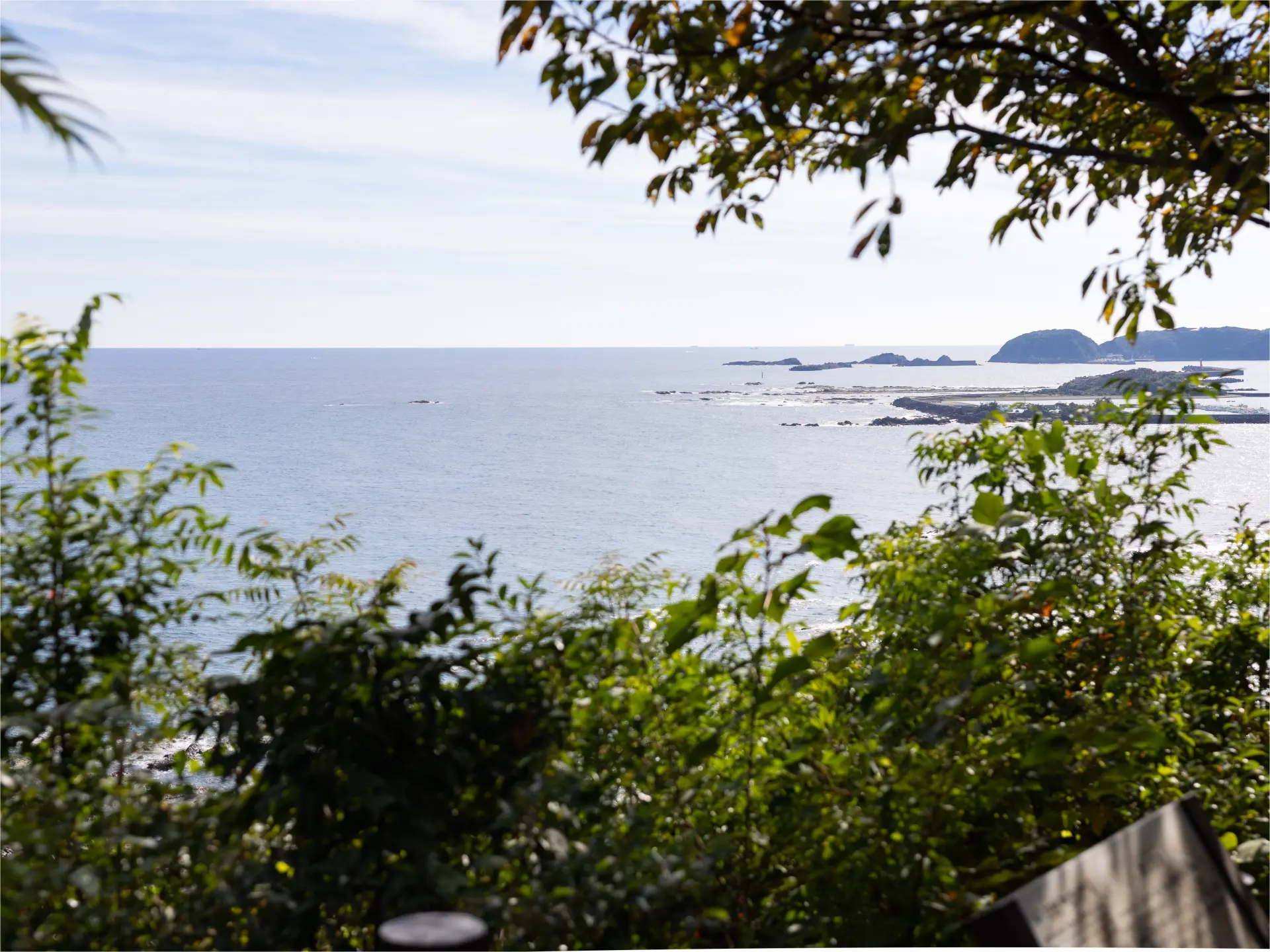
The Kujirayama Watchtower Ruins, once used as a lookout point during the thriving whaling era, now serves as a breathtaking scenic viewpoint.
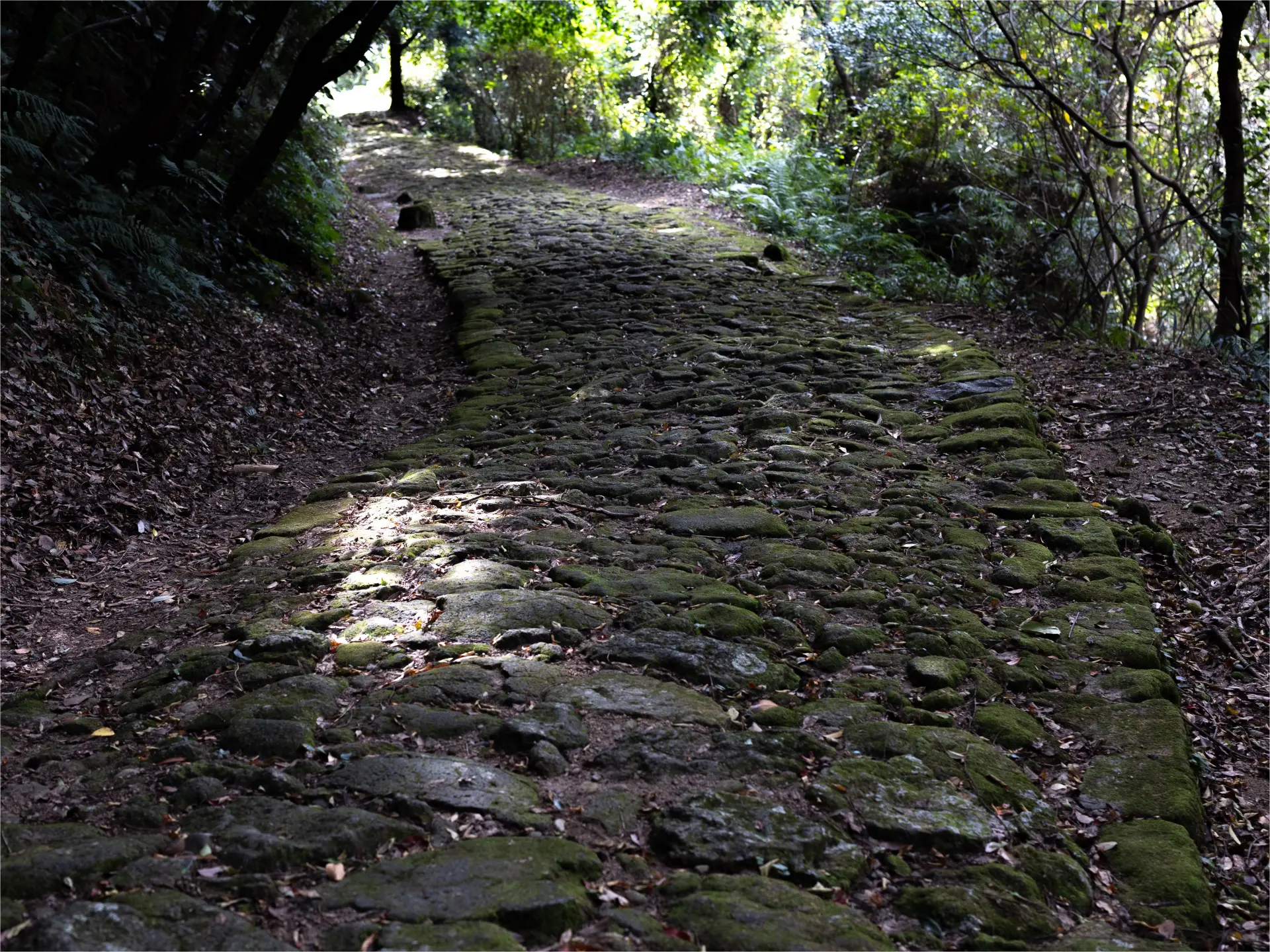
Descend the moss-covered stone-paved path to the goal just ahead!
Details
- Name in Japanese
-
Experience World Heritage Sites & Japanese Heritage Sites with a guide - Kumano Kodo Konosaka
世界遺産&日本遺産を体感 ガイドと歩く・熊野古道高野坂 - URL
- URL
12:30pm – Savor the Unique Delicacy of Fermentation! Delight in the Local Taste of Narezushi
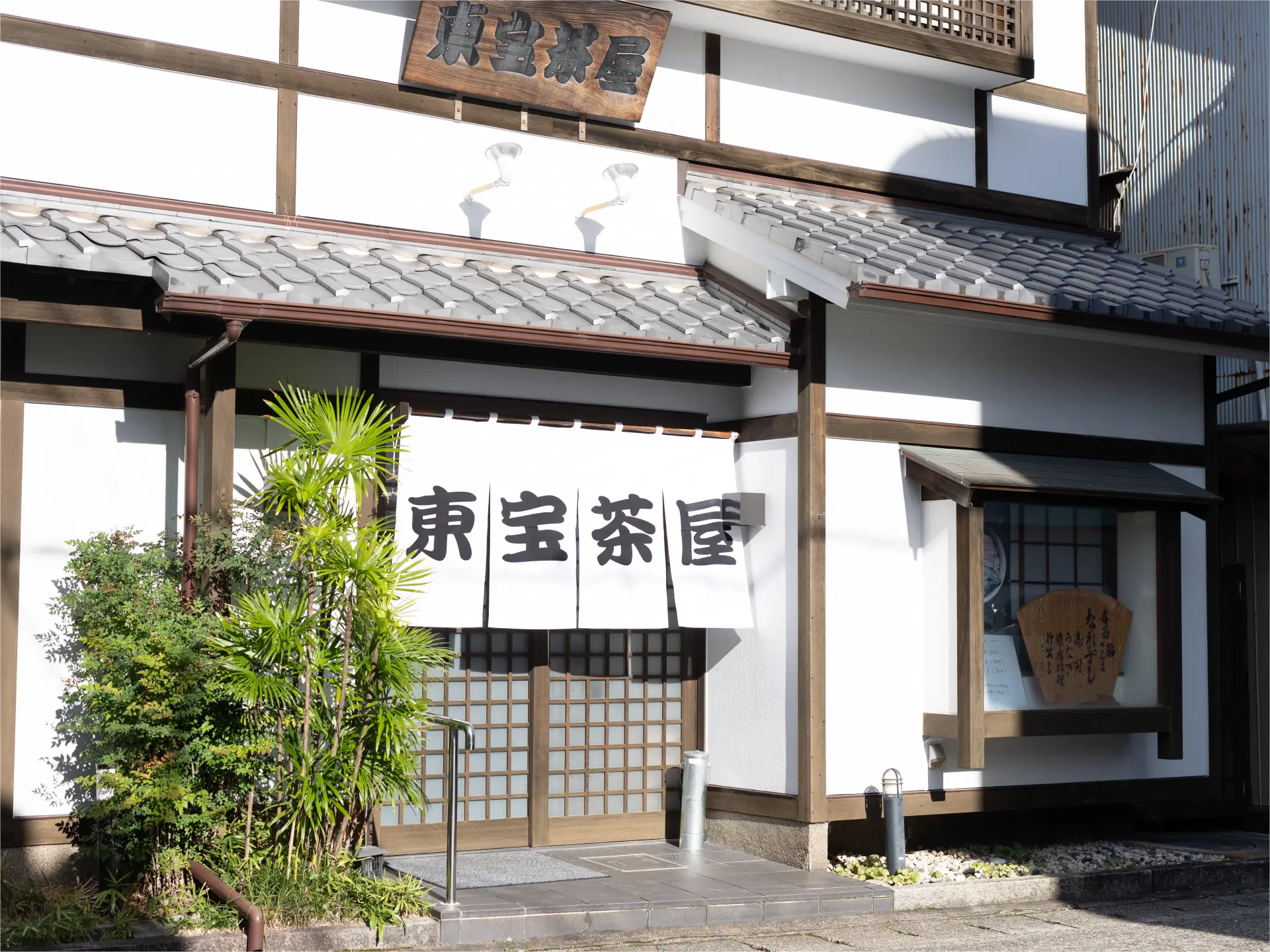
4 counter seats and a traditional tatami seating inside, plus private rooms with table seating.
For lunch, we visited Tōhō Chaya, a famed local name specializing in Narezushi, a traditional local delicacy of Shingu.
"The more you develop a taste for it, the more you prefer it well-aged. Eventually, the lightly fermented ones start to feel lacking," says the owner. In this case, "well-aged" refers to the degree of fermentation. Unlike regular sushi, Narezushi is not made with vinegar but instead undergoes lactic acid fermentation to achieve its distinctive flavor.
While saba (mackerel) Narezushi is common in central Wakayama, in Shingu, it originally began as a preserved food made with ayu (sweetfish) caught in the rivers of the surrounding mountains. Today, sanma (Pacific saury) Narezushi has become the mainstream variety in Shingu, but at Tōhō Chaya, they still source wild autumn ayu from the tributaries of the Kumano River, preserving the authentic, time-honored taste of the region.
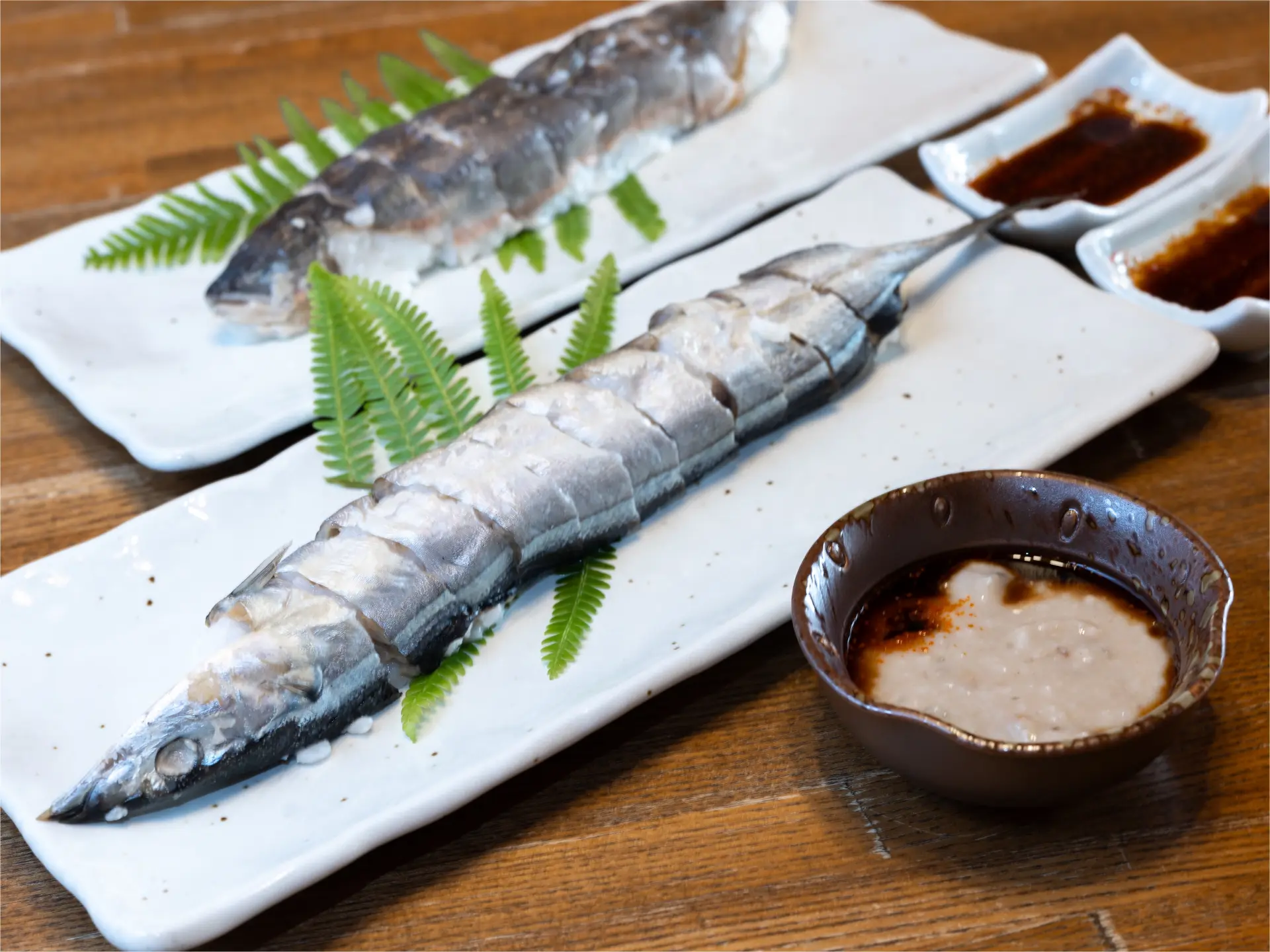
In the foreground is sanma (Pacific saury), while in the back is ayu (sweetfish). The round container holds fish that has been fermented for 30 years. Other varieties available include saba (mackerel) and amago (red-spotted trout).
As expected from a fermented delicacy, the first bite reveals a rich, cheese-like aroma. Without the use of vinegar, the natural lactic acid fermentation creates a gentle tang that perfectly balances with the deep umami of the aged fish. Though this Narezushi has been aged for about a month, it is surprisingly mild, with no overpowering fishiness—a testament to its meticulous preparation.
The ayu, nurtured by Shingu’s abundant natural environment, is then preserved through lactic acid fermentation, showcasing the harmonious interplay between nature and human ingenuity. Each bite is a tribute to the wisdom of traditional food preservation, delivering a truly unique and flavorful experience.
Details
- Name in Japanese
- 紀州名産 本なれ鮓本舗 東宝茶屋
- Postal Code
- 647-0017
- Address
- 2-2-12 Yokomachi, Shingu City, Wakayama
- Telephone
- 0735-22-2843
- Access
- 10-minute walk from JR Shingu Station
- Hours
-
11:30am - 2:00pm (L.O.1:30pm), 5:00pm - 10:00pm(L.O.9:30pm)
*Reservation recommended - Prices
-
Hon-Narezushi (Sanma, Ayu): 1,650 yen each
30-Year Aged Rare Hon-Narezushi: 1,870 yen - Closed
- Thursdays (plus occasional temporary closures)
3:00pm – Behold Kumano Nachi Taisha and Japan’s Tallest Waterfall!
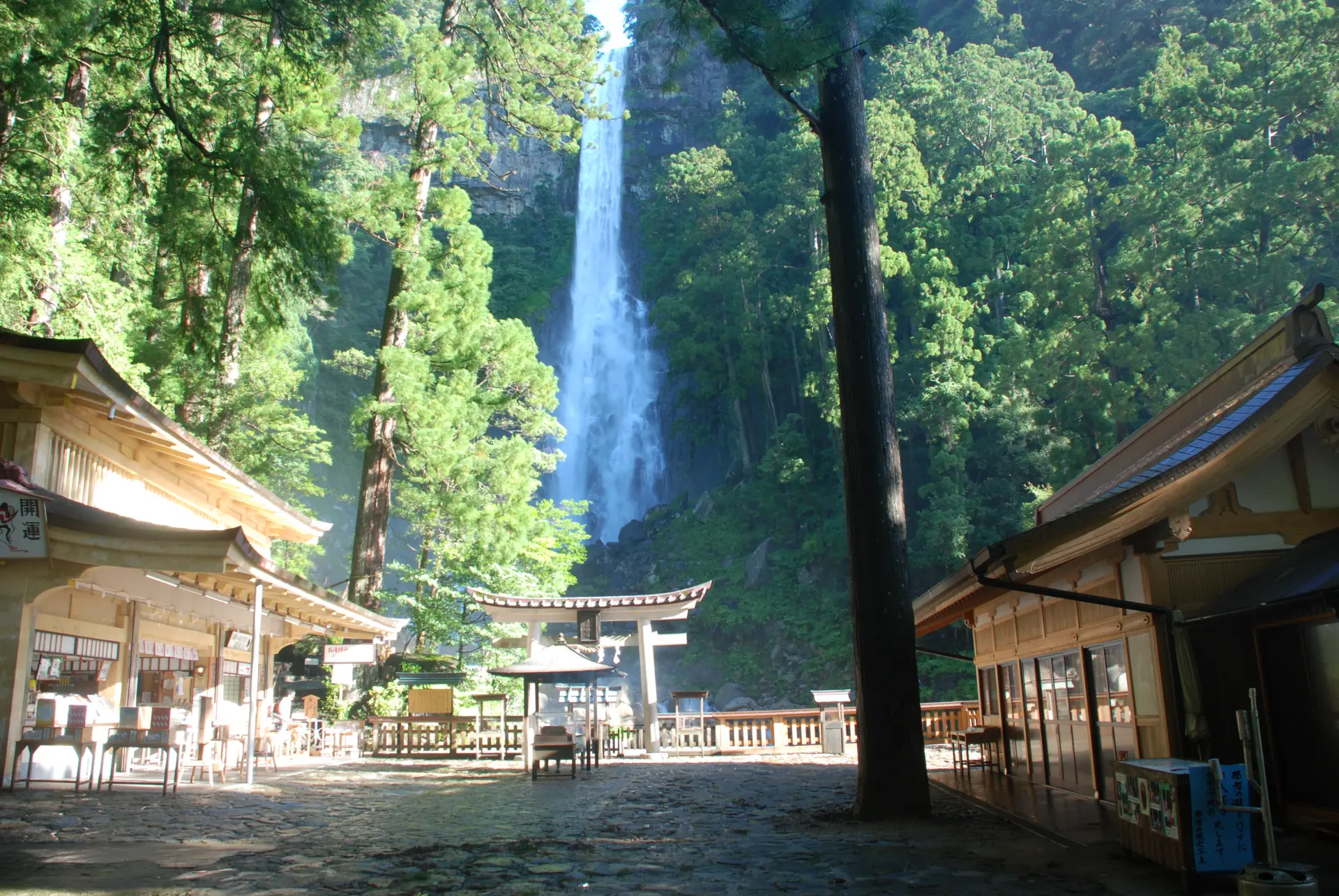
Nachi Falls, one of Japan’s Three Great Waterfalls, boasts a breathtaking 133-meter drop, making it the tallest waterfall in Japan!
With a satisfied appetite its time to board the 2:00 PM bus bound for Mount Nachi. Nestled on the mountainside is Kumano Nachi Taisha, one of the three grand shrines of Kumano Sanzan. Alongside the neighboring Seiganto-ji Temple, it continues to be a site of deep spiritual devotion.
Here you’ll arrive at the "Nachi-san" bus stop and take the 463 stone steps ascent up to the shrine grounds, hugged by six vermilion-painted halls. The elegant architecture, combined with the crisp mountain air, brings a sense of tranquility that seems to cleanse the soul.
Up here is a chance for prayers and visitors around the worship hall before enjoying a stroll through the sacred grounds. Here we find the Karasu-ishi (Crow Stone), said to be the form taken by Yatagarasu, the three-legged crow that guided Emperor Jimmu on his journey. We also visit the 850-year-old sacred camphor tree, which has a hollowed-out base. It’s said that walking through this opening while holding a Gomagi (prayer stick) or an Ema (wooden prayer plaque) will grant good health and stave illness in an ancient ritual called Tainai Kuguri.
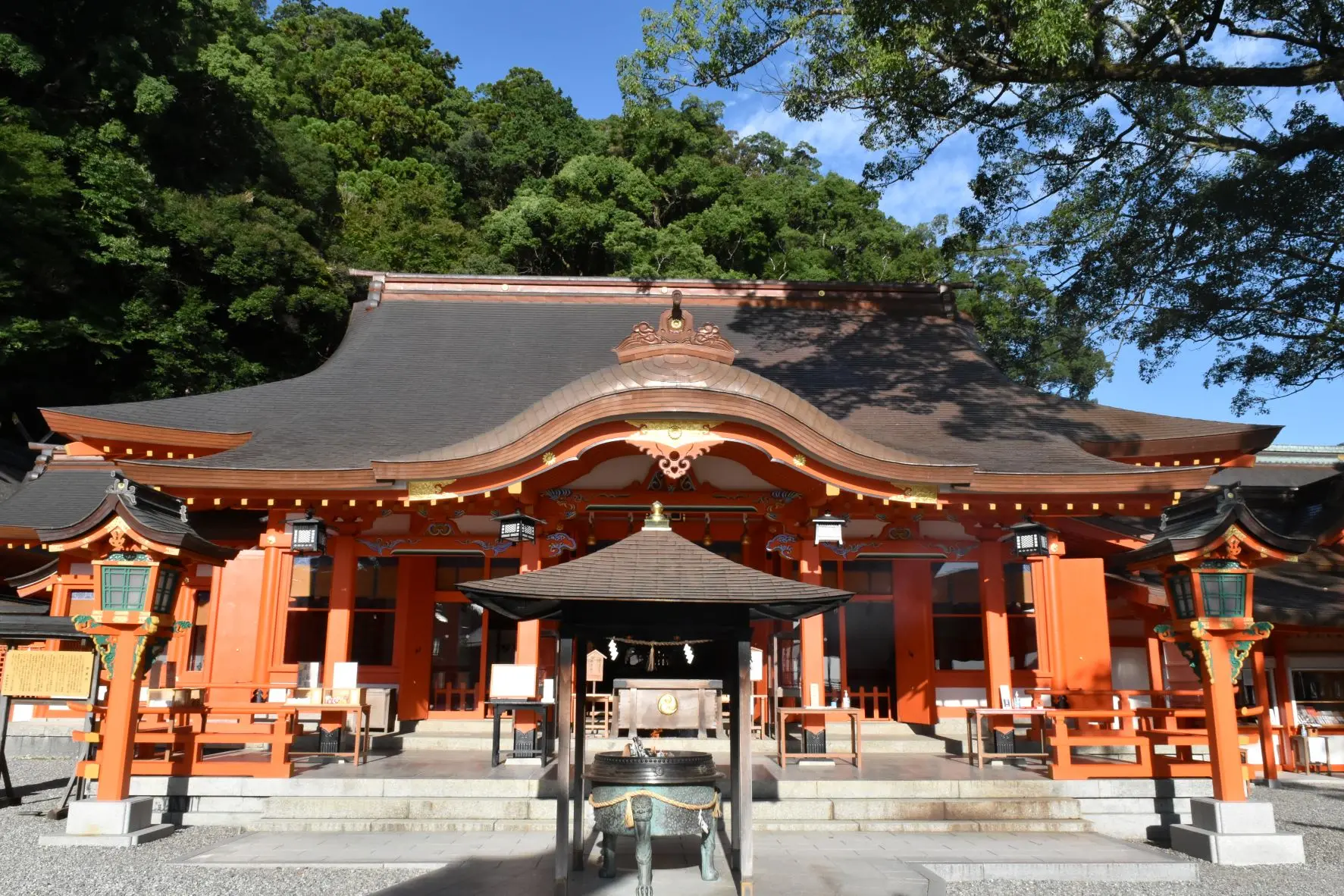
The main deity enshrined at Kumano Nachi Taisha, Kumano-Fusumi no Ōkami, is considered the incarnation of Senju Kannon (Thousand-Armed Kannon), a deity known for granting worldly blessings.
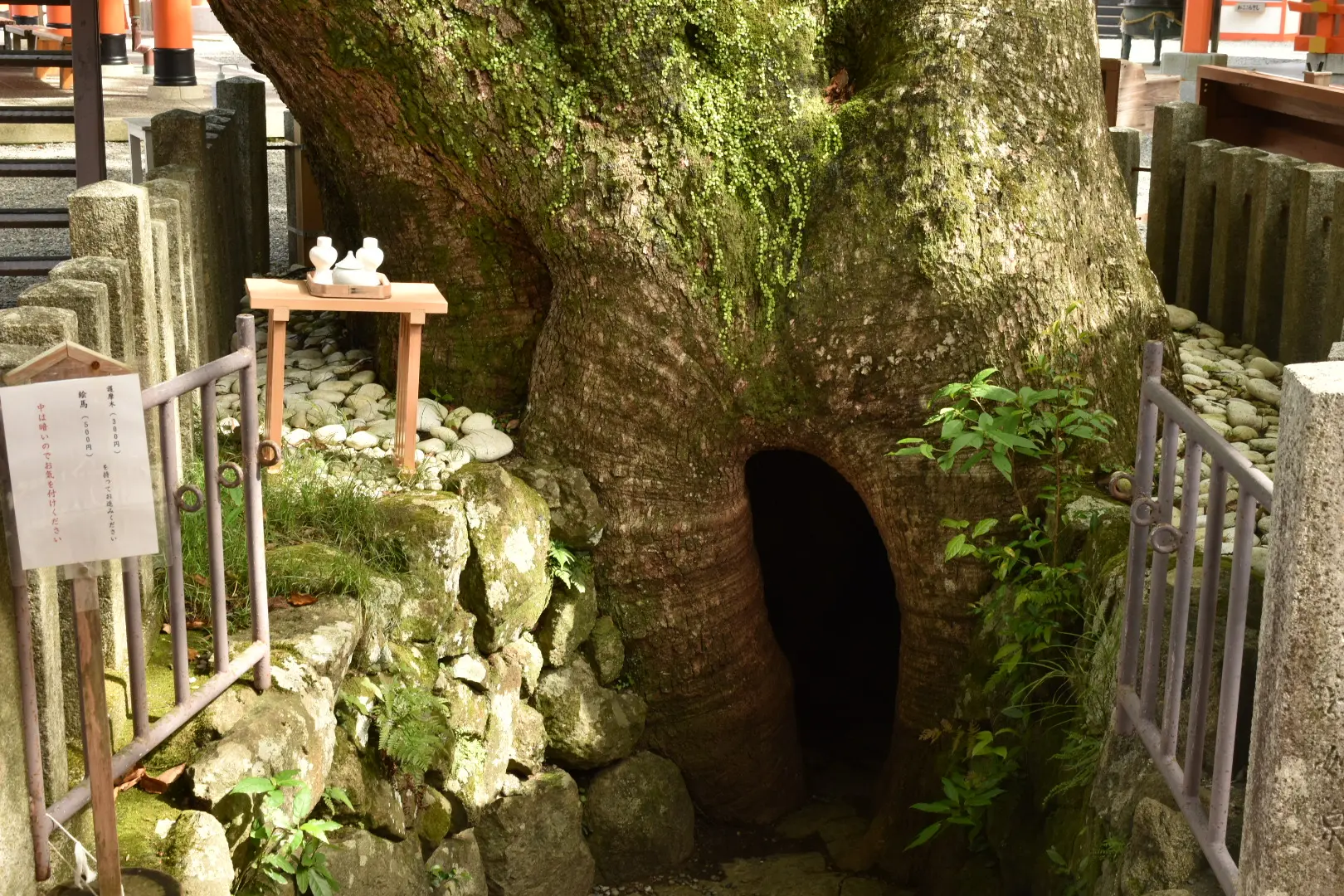
With a wish for good health and protection from illness, we take on the Tainai Kuguri ritual, passing through the hollow of the sacred camphor tree!
Nachi Falls, revered as the sacred object of worship at Hiro Shrine, an auxiliary shrine of Kumano Nachi Taisha, is the most spectacular of the 48 waterfalls found on Mount Nachi. Known also as "Ichi-no-Taki" (The First Waterfall), it boasts a 133-meter drop, making it the tallest waterfall in Japan, with an astonishing water flow of about one ton per second. Step closer and hear how the thunderous roar of cascading water resonates through the air with an all-enveloping mist.
Go even closer and catch a glimpse from Otaki Haisho Butai, the highly recommended “Waterfall Worship Platform”. Here is a rare chance to sip the sacred water from the waterfall’s basin, believed to bring longevity and good health. There is also a special omikuji (fortune slip) that uses this sacred water to reveal one’s fate. Standing amidst the undeniably force and sheer presence of the revered waterfall will leave you feeling profoundly renewed.
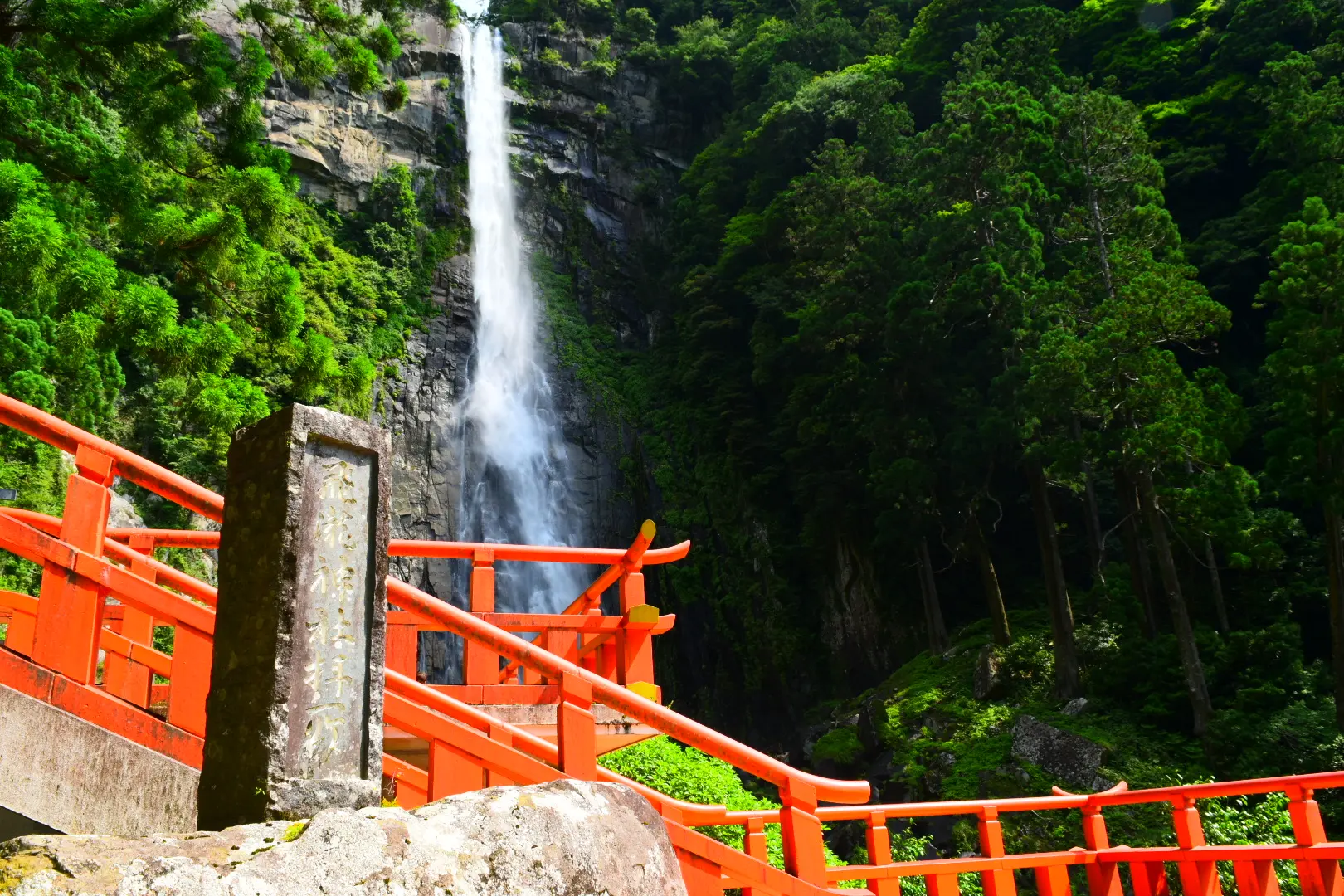
The Otaki Haisho Butai (Waterfall Worship Platform) offers the closest, most direct view of Nachi Falls with an admission fee of 300 yen for adults and 200 yen for elementary and junior high school students.
Details
- Name in Japanese
- 熊野那智大社 飛瀧神社(那智御瀧)
- Postal Code
- 649-5301
- Address
- 1 Nachisan, Nachikatsuura-cho, Higashimuro-gun, Wakayama
- Telephone
- 0735-55-0321
- Access
- Approximately 30 minutes by bus from JR Kii-Katsuura Station
- Business Hours
- Prayer Offering Office 7:30am - 4:30pm
- Closed
- Open every day
- Admission
- Free
- URL
- URL
Travel is made easy and convenient with the Yūyū Free Pass!

Get around the Nachi area even more easily via local buses after buying the Yūyū Free Pass
A discounted and convenient "Free Pass" is available for exploring the World Heritage-listed Kumano Sanzan and Kumano Kodo. The pass comes highly recommended for this journey, complete with unlimited rides on Kumano Gobo Nankai Bus routes within the designated area. Passes are available for one to three days to match your travel plans.
Details
- Name in Japanese
- 悠遊フリー乗車券
- URL
- URL
Wrap-up
This wraps our two-day foray into the sacred sites of the Kumano region, with a walk across Shingu at its center. An area replete with massive rock formations, towering waterfalls, and awe-inspiring natural landscapes, the true essence of Kumano faith and worship reveals itself in the sheer nature here. Walk the ancient pilgrimage routes and see into sacred places that offer a true since of revival and “rebirth” in Kumano’s tradition. See what the buzz is all about firsthand with a trip to see for yourself.
Check also...
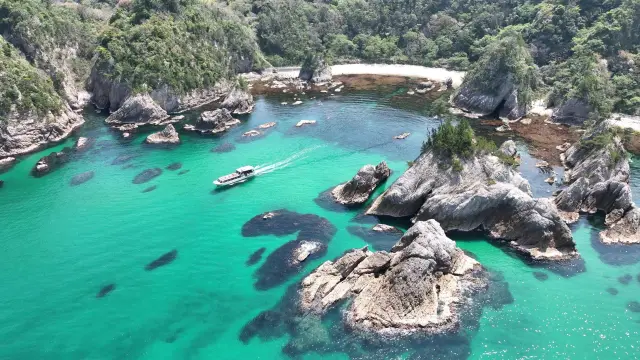
Tottori: A Journey to Unwind in the Majesty of Nature at San’in Kaigan Geopark
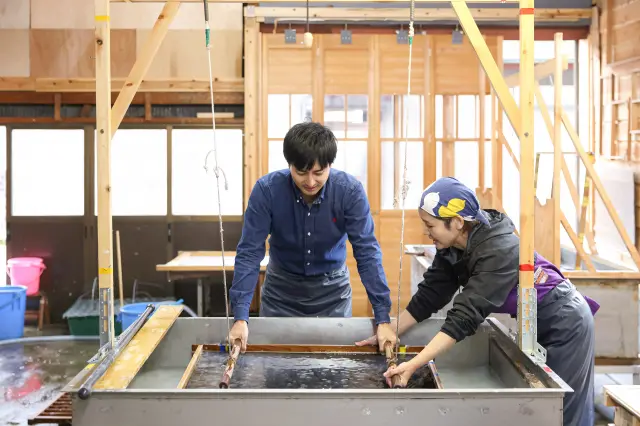
Fukui: A Journey to Experience Japan’s World-Class Craftsmanship

Mie: A Journey to Experience the "Ama Culture" Living Along the Beautiful Ise-Shima Sea
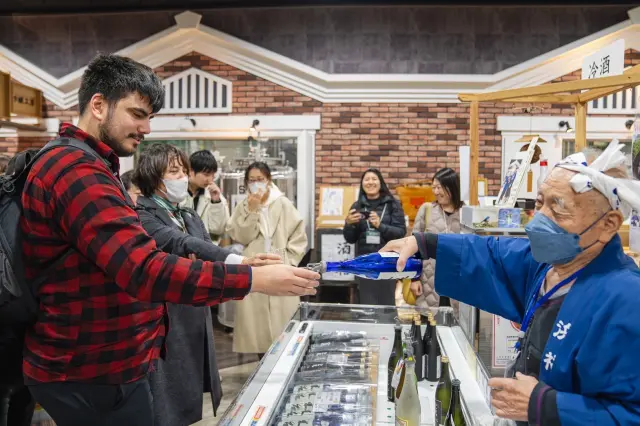
Hyogo: A Journey in Search of Japan’s Finest Sake
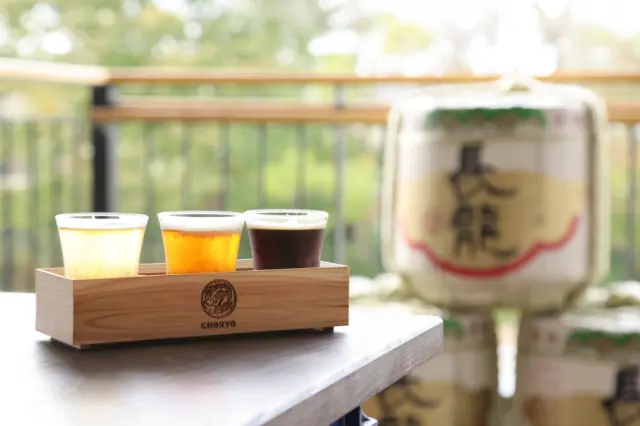
Nara: A Journey Through Its Ancient Fermentation Culture
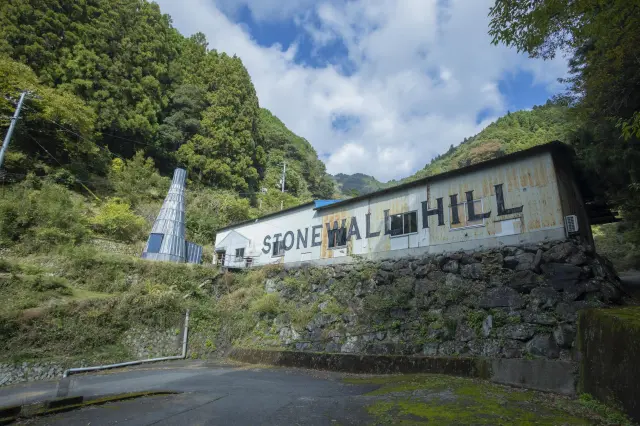
Tokushima: A Journey into Slow Living in the Mountains of Tokushima
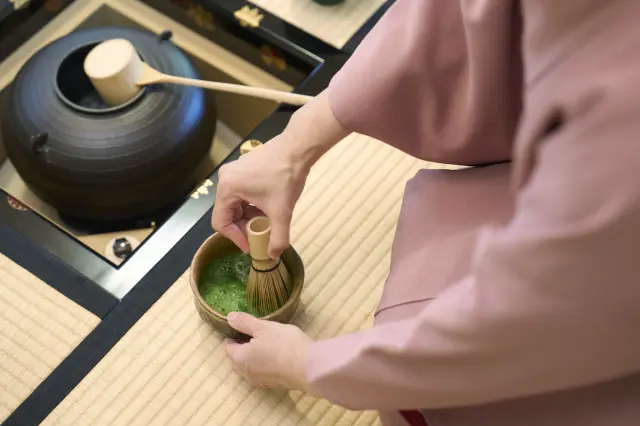
Osaka: A Journey Through Traditional Osaka
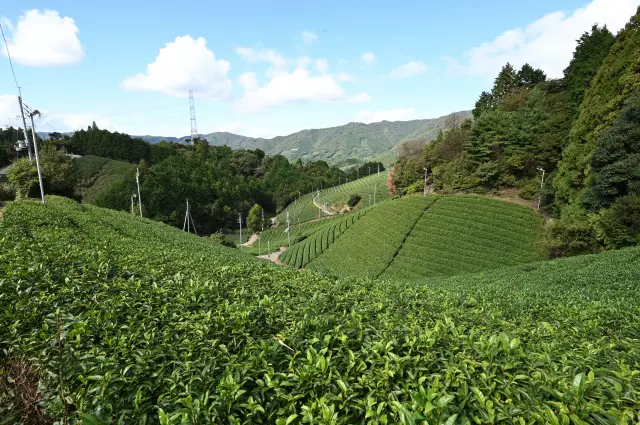
Kyoto: A Journey Through Japanese Gastronomy
